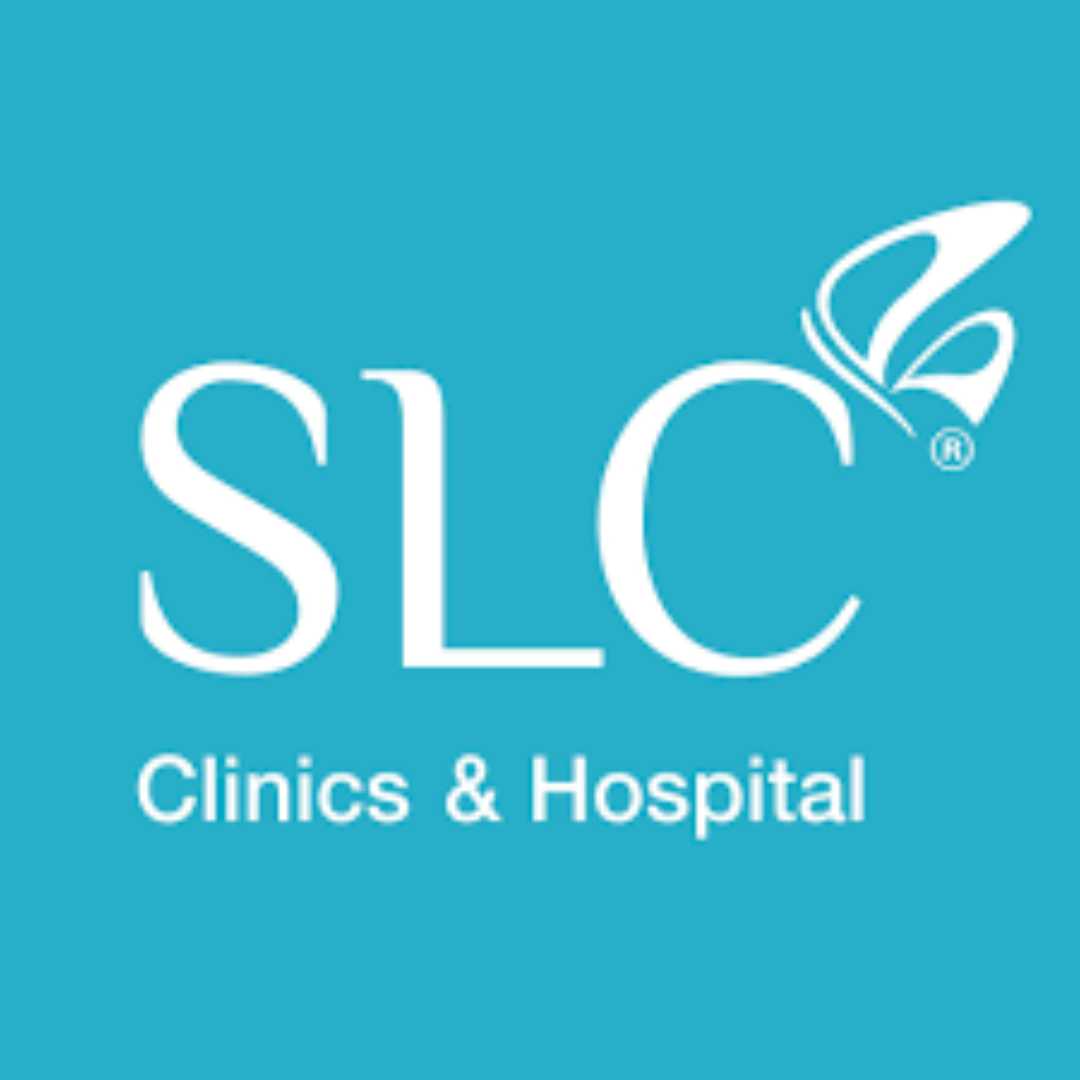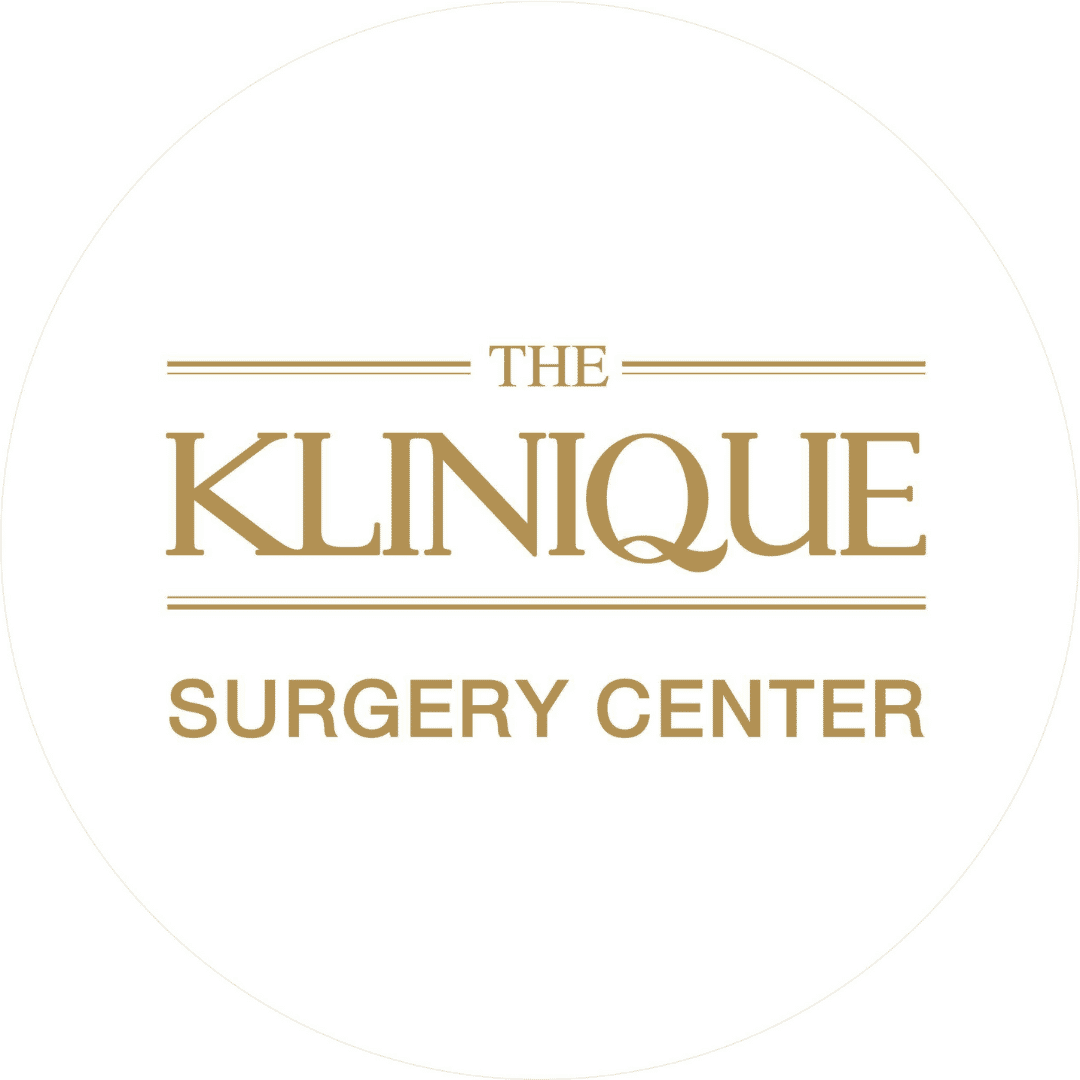Understanding Otoplasty (Ear Pinning) in Thailand
.jpg)
Thinking about otoplasty, also known as ear pinning surgery, to reshape your ears? Thailand has emerged as a leading destination for individuals seeking high-quality cosmetic procedures at a more affordable cost compared to many Western countries. Understanding the financial aspects of this procedure is a common starting point for many considering medical travel.
Otoplasty in Thailand offers a compelling blend of skilled surgeons, modern facilities, and attractive pricing, making it an excellent option for those looking to address prominent ears. This guide will help you understand the various factors that contribute to the overall cost, what to expect from your treatment package, and how to plan your medical journey effectively. We will cover everything from average prices to hidden fees, ensuring you have a clear picture before making your decision.
What is the average cost of otoplasty in Thailand?
The price of otoplasty in Thailand is influenced by several factors, which can cause the cost to fall anywhere within the stated range. The reputation and location of the clinic play a significant role; clinics in major cities like Bangkok or Phuket, especially those with international accreditations, might charge more due to higher operational costs and demand. Similarly, a highly experienced and renowned surgeon with a long track record of successful otoplasty procedures may have a higher fee.
The complexity of the ear pinning procedure itself also impacts the price. Some patients may require minor adjustments, while others might need more extensive reshaping, which naturally incurs a higher cost. Furthermore, the type of anesthesia used (local with sedation or general) and the duration of the surgical facility's use are factored into the total. It is always best to get a detailed quote directly from the clinic after a consultation.
How does the cost of otoplasty in Thailand compare to Western countries?
The cost difference for otoplasty between Thailand and Western nations is a primary driver for medical tourism. For instance, in the United States, otoplasty can range from $3,000 to $6,000 or even higher, excluding anesthesia and facility fees.
In contrast, Thailand's lower cost of living, reduced overhead for medical facilities, and differing economic structures allow clinics to offer the same high-quality procedures at a fraction of the price. This substantial saving does not typically reflect a compromise in quality but rather a difference in economic scales.
Many Thai hospitals and clinics adhere to international standards, employing Western-trained surgeons and utilizing state-of-the-art equipment. Patients often find that even when factoring in travel and accommodation expenses, the overall cost of otoplasty in Thailand remains considerably lower than undergoing the procedure in their home country. This makes Thailand an attractive option for budget-conscious individuals seeking excellent aesthetic outcomes.
What is typically included in an otoplasty package in Thailand?
When you receive a quote for otoplasty in Thailand, it's crucial to understand exactly what services are encompassed within the stated price. Most reputable clinics offer comprehensive packages designed to cover the core aspects of your surgery. This usually includes the initial consultation where the surgeon assesses your ears and discusses your desired outcome, the surgeon's professional fee for performing the procedure, and the cost of the anesthesia administered by a qualified anesthesiologist.
Furthermore, the package typically covers the use of the operating room and its equipment, any necessary medical supplies during the surgery, and immediate post-operative care, which may involve bandages, pain medication, and the first few follow-up visits to monitor your healing. Some premium packages might also include airport transfers, a certain number of nights in a recovery hotel, or assistance with visa applications, though these are less common and should be explicitly confirmed.
Are there hidden costs for ear pinning surgery in Thailand?
To avoid unexpected expenses, it's vital to inquire about all potential costs upfront. While the surgical package itself is usually clear, you need to budget for non-medical expenses related to your trip. These include round-trip airfare to Thailand, accommodation for your stay (typically 7-10 days are recommended for recovery), and daily living expenses such as food, local transportation, and sightseeing. If your recovery takes longer than anticipated or you wish to extend your stay for tourism, these costs will increase.
Other potential out-of-pocket expenses might include prescribed post-operative medications that are not covered in the package, specialized headbands or compression garments, and travel insurance that specifically covers medical complications abroad. Although rare, unforeseen complications requiring additional treatment would also incur extra costs. Always ask for a detailed breakdown of all services and potential additional fees before committing to ensure complete transparency.
How can I find a reputable clinic for otoplasty in Thailand?
Finding the right clinic and surgeon is paramount for a successful otoplasty outcome. Start by researching clinics that hold international accreditations such as Joint Commission International (JCI), which signifies adherence to global standards of patient care and safety. Focus on clinics located in major medical tourism hubs like Bangkok or Phuket, as they often have more experience with international patients and offer comprehensive services.
Next, meticulously research the plastic surgeons affiliated with these clinics. Ensure they are board-certified in plastic surgery and have extensive experience specifically with otoplasty procedures. Look for before-and-after photos of their work and read patient testimonials on independent review platforms. A virtual consultation can also be incredibly helpful to assess the surgeon's communication style, discuss your goals, and feel comfortable with their approach before traveling. Ask about their facility, equipment, and emergency protocols.
Is medical tourism for otoplasty in Thailand safe?
Thailand has built a strong reputation as a safe and reliable destination for medical tourism, attracting hundreds of thousands of patients annually. Many of its hospitals and clinics are equipped with cutting-edge technology and adhere to stringent international safety and quality standards, comparable to those found in Western countries. The key to a safe experience lies in patient diligence in selecting their medical provider.
It's crucial to verify the credentials of both the clinic and the surgeon. International accreditations like JCI are strong indicators of quality and safety. Furthermore, ensure your chosen surgeon is specialized in plastic surgery and has a strong portfolio in otoplasty. Like any surgical procedure, otoplasty carries inherent risks, but choosing a reputable provider significantly mitigates these. Planning adequate recovery time in Thailand before flying home is also a crucial safety measure.
What are the qualifications of otoplasty surgeons in Thailand?
The standard of surgical qualifications in leading Thai medical facilities is very high. Otoplasty surgeons in Thailand who cater to international patients often hold certifications from the Thai Board of Plastic and Reconstructive Surgery. Many have also pursued advanced training or fellowships in Western countries, bringing a global perspective and sophisticated techniques to their practice. They frequently participate in international conferences and professional societies, staying updated with the latest advancements in cosmetic surgery.
When evaluating a surgeon, look for details about their education, specific training in otoplasty, and the number of years they have been practicing. It's also beneficial to review patient testimonials and before-and-after galleries to gauge their aesthetic results and patient satisfaction. A highly qualified surgeon will be transparent about their credentials and happy to answer all your questions during a consultation.
What is the recovery period like for otoplasty in Thailand?
Understanding the recovery process is key to planning your medical trip to Thailand. Immediately after otoplasty, your head will be wrapped in a bulky dressing to protect the ears and aid healing. This dressing is usually kept on for about a week. You may experience mild to moderate pain, swelling, and bruising, which can be managed with prescribed pain medication. It's recommended to have someone with you during the first few days post-surgery.
After the initial dressing is removed, you will typically be advised to wear a lighter, softer headband, particularly at night, for several weeks or even months to maintain the new ear position while they heal. Most patients can return to light activities and work within 1-2 weeks, but strenuous activities and contact sports should be avoided for at least 6-8 weeks. Significant swelling usually subsides within a month, with full results becoming apparent over several months as the tissues settle.
Can I combine otoplasty with other procedures in Thailand?
Combining multiple cosmetic procedures during one trip to Thailand is a popular option for medical tourists, often referred to as a "combo surgery." This approach can be cost-effective as it consolidates travel and accommodation expenses and allows for a single recovery period. For example, some patients choose to have otoplasty along with a facelift, eyelid surgery (blepharoplasty), or even minor non-surgical treatments like injectables.
However, it is crucial to discuss this possibility thoroughly with your surgeon. Combining procedures can increase the duration of anesthesia and the overall stress on your body, potentially prolonging recovery or increasing risks. Your surgeon will assess your health, the complexity of the desired procedures, and your ability to tolerate multiple surgeries to determine if it is a safe and appropriate option for you. Planning a slightly longer stay in Thailand for combined procedures is often recommended to allow for adequate recovery before traveling back home.
What financing options are available for otoplasty in Thailand?
Since otoplasty is usually an elective cosmetic procedure, it is rarely covered by health insurance, whether in your home country or in Thailand. Therefore, patients typically fund the procedure out-of-pocket. Most Thai clinics require full payment before the surgery is performed. Common payment methods include direct bank transfers, major credit cards (Visa, MasterCard, American Express), and sometimes cash.
While some medical tourism facilitators or personal loan providers in your home country might offer financing for overseas medical procedures, these are not typically offered directly by Thai clinics. It's advisable to have the funds readily available before you travel. Carefully budgeting for the surgery, travel, accommodation, and any contingency funds is essential to ensure a smooth and stress-free medical journey.
Ready to explore your options for otoplasty in Thailand or other medical tourism solutions? Contact PlacidWay today to connect with top-rated clinics and experienced surgeons, and receive personalized assistance for your healthcare journey.


.png)














Share this listing